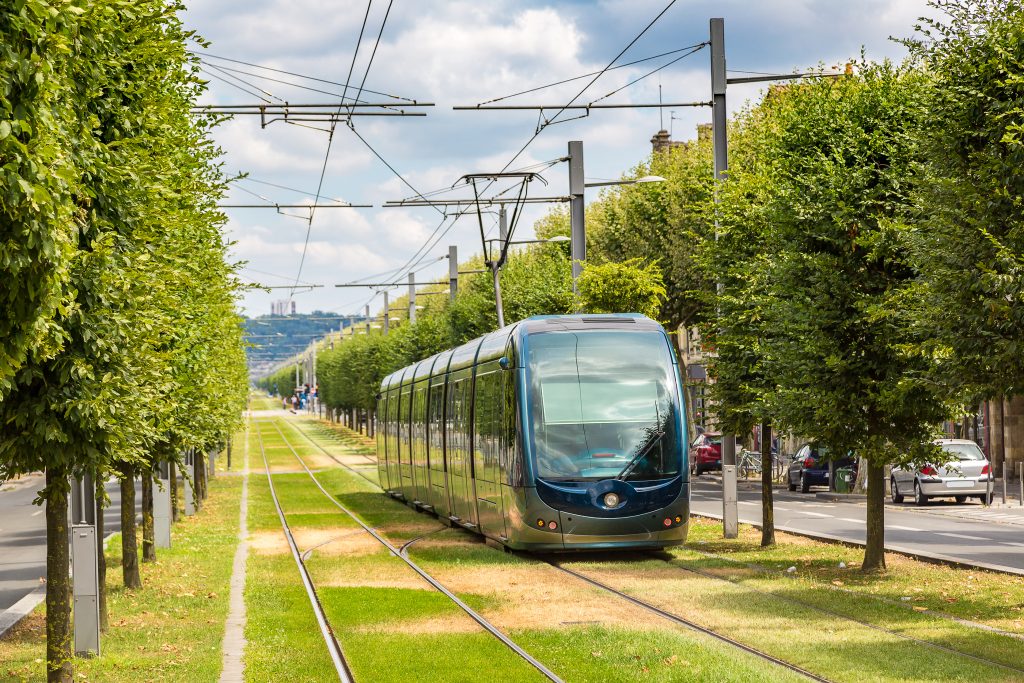An environmentally-focused project
The tram and its urban improvements will encourage the use of public transit and active transportation by providing alternatives to the car. It will also help reduce greenhouse gas emissions, in line with the Government of Quebec’s policy on sustainable mobility.
The Gatineau-Ottawa tram is in keeping with the Government of Quebec’s intention to remain a North American climate leader. To that end, Quebec’s 2030 Plan for a Green Economy renews its commitment to reduce its greenhouse gas (GHG) emissions by 37.5% by 2030 compared to their 1990 level, and identifies electrification in transportation as a key element in achieving that goal.
This improvement in public transit is also consistent with Gatineau’s Plan Climat, which highlights the importance of improving and developing the public transit system in partnership with the STO. It should be noted that Gatineau has undertaken to reduce by 50% its GHG emissions from municipal activities by 2030 compared to 2015. It also aims to reduce GHG emissions by 35% for its community as a whole. Thus, the tram is a key component in the effort to achieve Gatineau’s GHG reduction targets.

Towards greater use of public transit and active transportation
Cars hold a significant place in our lives, but their use clogs the roads and aggravates global warming. The tram and its installations would encourage increased use of public transit and active transportation by providing alternatives to the car.
A 100% electric tram
As with every major urban agglomeration, air quality in the national capital region is affected by atmospheric pollutants, which are inhaled and can pose a risk to health and the environment.
Because it is electric, the tram will have a positive impact on air quality and on reducing GHG emissions.
The environmental impact studies will measure air quality and GHG emissions to mitigate the impact of the project during its construction and operation phases.
A silent mode of transportation
The tram will help reduce sound pollution given that it is quieter than the bus and because it should reduce the use of cars. Detailed noise pollution studies and models will be prepared during the project planning phase.

The visual impact of the tram
The tram is a mode of transportation that blends into the existing urban landscape. Each station’s architecture will be designed to fit into its surroundings. The catenaries will be carefully selected to ensure the best possible integration. Trees may also mitigate the visual presence of those catenaries. The tram may run on batteries without catenaries along certain portions.
Who can view this page?
This content is intended for the public covered by the exceptions of the Charter of the French language and its regulations. If you read on, you confirm that you fall within one of these exceptions.
